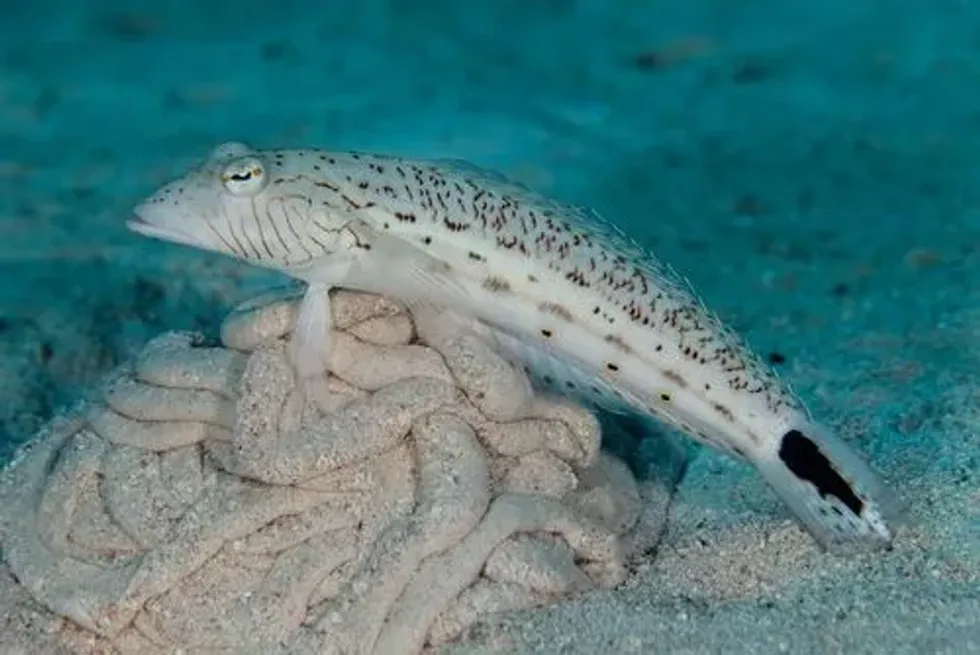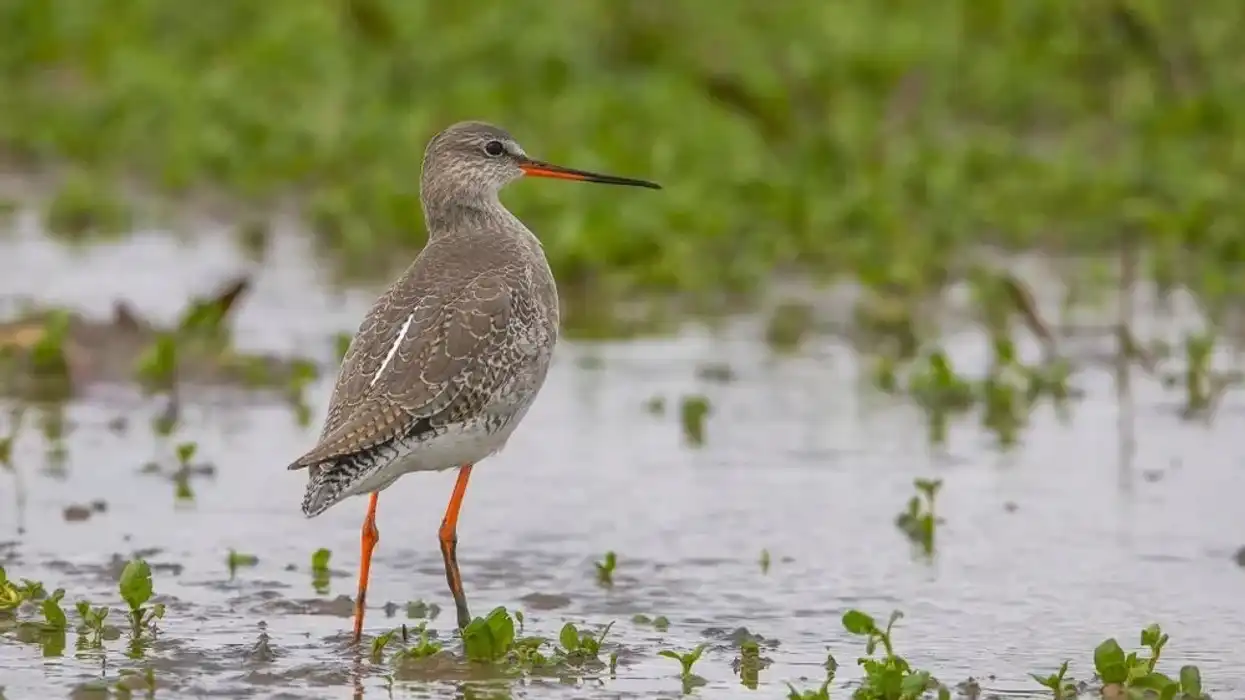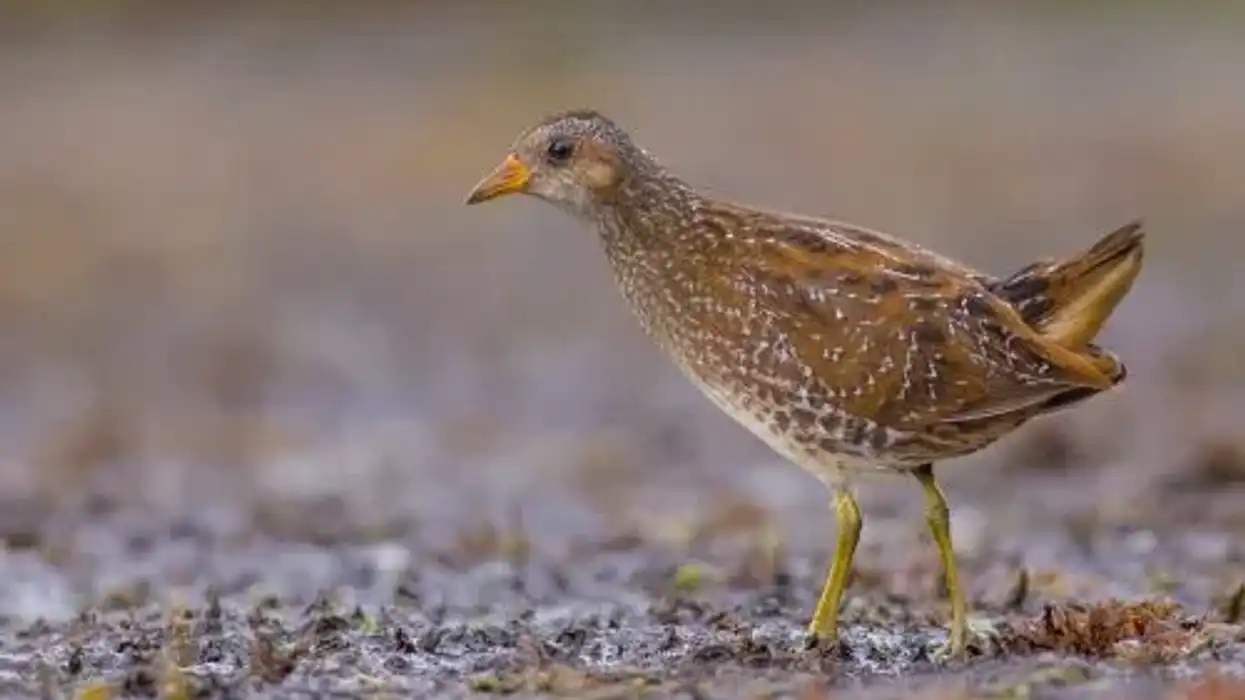Sandperches are sea fish with an elongated cylindrical body. They form part of the family Pinguipedidae and live around the Indo-Pacific areas and generally warmer waters.
They aren't particularly social or predatory fish and like to hide amongst the sand. Be warned though- if you should step on one, you would need medical assistance right away due to their razor fins across their body!
Sandperches, as the name implies, generally live around sand areas, such as seabed or shallow rocky areas. They have exceptionally sharp dorsal and pelvic fins, and males can have different speckled markings than females.
Their tail shape can vary amongst the many different types of sandperch. Read on for some more great facts, and don't miss out on giant grouper and Nassau grouper facts too.
Sandperch Interesting Facts
What type of animal is a Sandperch?
A sandperch is a type of fish. They are a group of fish known as the family Pinguipedidae. There are approximately 65 different species of sandperch, divided into separate genera.
What class of animal does a Sandperch belong to?
The Sandperch belongs to the fish class of animals. Within the category of fish, they form part of the Pinguipedidae family. This family is then subdivided into genera or categories of sandperches.
One example is Parapercis sandperches, which contain the Parapercis hexophtalma, commonly known as the speckled sandperch. A genus is a group of fish with similar traits. The sandperch also forms part of the phylum Chordata, another classification term below the animal kingdom and above the class.
How many Sandperches are there in the world?
The exact number of sandperches within the family Pinguipedidae around the world is not known.
Where does a Sandperch live?
They love to live on reefs and sand! They live in the Pacific Western Atlantic and the waters around South America.
What is a Sandperch's habitat?
Although Sandperch can live in the deep waters of the ocean and around wrecks, they prefer inshore and coastal regions with a sandy seabed. They like warmer waters and reef areas with plenty of rocks to hide from predators. They have been known to reach 200 ft (60 m) and 400 ft (121 m) in depth.
Who does Sandperches live with?
Sand perches are incredibly territorial fish, they live very solitary lives and do not like to school with other fish species.
How long does a Sandperch live?
A Sandperch lives approximately 7-10 years.
How do they reproduce?
Sand perch are known as hermaphroditic fish. This means each fish possesses both male and female organs and each can produce both sperm and eggs at the same time and release them into the sea. It is believed pairs of fish form to cross-fertilize. The species are still being studied to understand further their reproduction patterns.
What is their conservation status?
Their conservation status is ‘Least Concern’ under the ICUN classification.
Sandperch Fun Facts
What does Sandperches look like?
Sandperches are relatively small fish, with a light brown cylindrical body with white underneath. Their bodies are long and flattened towards their head. Their eyes sit very high up on their head.
Sandperch markings are striped and spotted across their body. Their long dorsal fin has a series of spikes, which can be very hazardous for fishermen and predators alike. Usually, this is around four to five spines, with 20-24 soft rays.
Their caudal tail fin varies in shape depending on the type of sandperch. Usually, it has 15 branched rays. Even their anal fin has a sharp spike.
How cute are they?
With their dusky brown colors and cylindrical bodies, a little sandperch isn't the ugliest fish around, yet it's not the most attractive and bright either. They have teeth, and razor-sharp dorsal spines, with spotted and striped markings. They certainly aren't the cutest fish around the reef.
How do they communicate?
Sandperch like many fish can change their colors and markings to signify communication.
How big is a Sandperch?
A Sandperch fish varies in cylindrical length, depending on the exact species. On average they are 24–35 in, (60–90 cm) in length with a dorsal fin on the top of their body.
How fast can a Sandperch swim?
The exact speed of these fish isn't known. However we do know they swim fast along sandy seabeds, and they are very quick to hide in the sand.
How much does a Sandperch weigh?
Most species of Sandperch weigh around 2-6 oz, (56-170 g).
What are the male and female names of the species?
There is no specific name for a male or female within this species. They are both called sandperch.
What would you call a baby Sandperch?
There is no specific term for a baby sandperch. When they can feed by themselves they are called fingerlings, like most fish.
What do they eat?
They love to eat small fish such as Gobies and crustaceans like small sea crabs.
Are they eaten by humans?
Sandperches are common on many menus, particularly in the regions of the Pacific, Indo-Pacific, and the other parts of the world where they inhabit.
Would they make a good pet?
Although they are wild fish, it is possible to keep them in an aquarium. Sandperches are not commonly kept as pets. Often they bury themselves in the sand at the bottom of the aquarium with just their eyes peeping out!
Did you know...
Sandperches do not swim around in groups like other fish; they prefer to sit on the sand, alone, propped up by their pelvic fins!
Different Types Of Sandperch
Parapercis is a genus of sandperches belonging to the fish family Pinguipedidae. All sandperches are generally cylindrical, with a flattened body and tail. While there are many different types of sandperch, here are a few of the most well-known.
The Speckled Sandperch, Parapercis hexophtalma, has mostly speckled dots across its cylindrical body. Like most sandperches, it has razor-sharp fins, though the markings are slightly different in males when compared to females. A speckled sandperch can grow up to 28 cm in length and is within the Parapercis genus.
The Namorado Sandperch, Pseudopercis numida, has seven dorsal spines, and one to two anal spines. It's one of the larger sandperch species and can grow up to 3.3 ft in length around the sea of Brazil. It's also very common to eat filleted and appears on many South American menus.
The Latticed Sandperch, Parapercis clathrata, is also known as the false eye grubfish. It's found in the Indo-Pacific sea region and often rests stationary on its bottom fin on a sandy sea bed.
it has dark spots along its anal fins, with its color more dark orange-brown when compared to other sandperches. A male fish will often live alongside a group of many females.
Catching And Eating Sandperch
You must take great care when catching a Sandperch due to its spikes! Anglers can use a cast net or a regular line and hook fishing rod with bait such as shrimp or sliced squid. If you want to fish for Sandperch, try sandy areas around the shoreline, near small boats or pontoons.
They are often filleted and served pan-fried or grilled. The Namorado fish is popular on menus in Brazil. Often a Sandperch is caught to be used as bait for other fish, such as Grouper and Snapper.
Here at Kidadl, we have carefully created lots of interesting family-friendly animal facts for everyone to discover! Learn more about some other fish including the Midas cichlid or Achilles tang.
You can even occupy yourself at home by drawing one on our Sandperch coloring pages.









